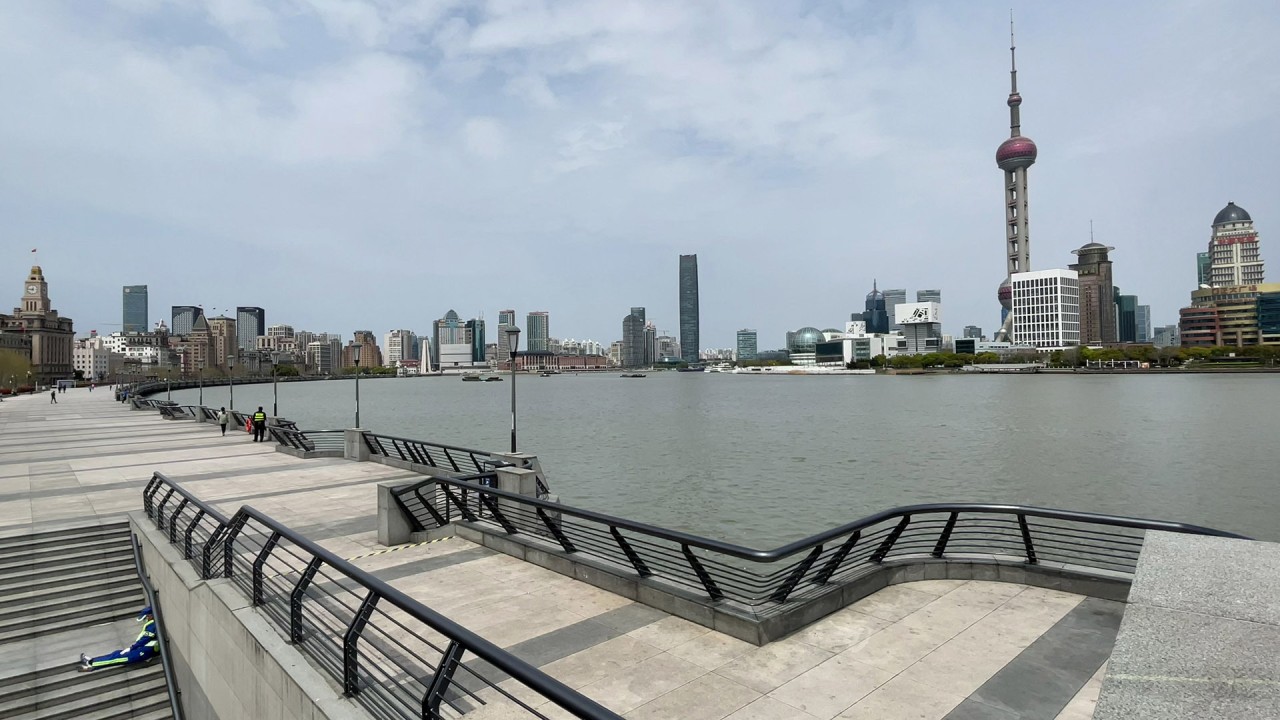Omicron in China: Shanghai denies rumours of early snap lockdown for Puxi
- Authorities dismiss suggestions that the stay-at-home orders will be brought forward by two days
- The city appears to be following the Shenzhen model – a short, sharp lockdown shock to quash outbreaks

Shanghai authorities have denied rumours that it will place the Puxi area on the western bank of Huangpu River under lockdown from Tuesday night, roughly two days earlier than originally planned.
“These are pure rumours,” the government said on its official WeChat account on Tuesday afternoon.
The Pudong area, on the river’s eastern bank, locked down for four days on Monday, with its 5.7 million residents ordered to stay home for mass testing.
Puxi will be subject to the same restrictions from April 1, in a rolling lockdown that will eventually screen all 25 million people in one of the country’s biggest population centres.
Such snap lockdowns are expected to be China’s prevailing Covid-19 containment strategy in the lead-up to the Communist Party’s five-yearly national congress in the autumn.
